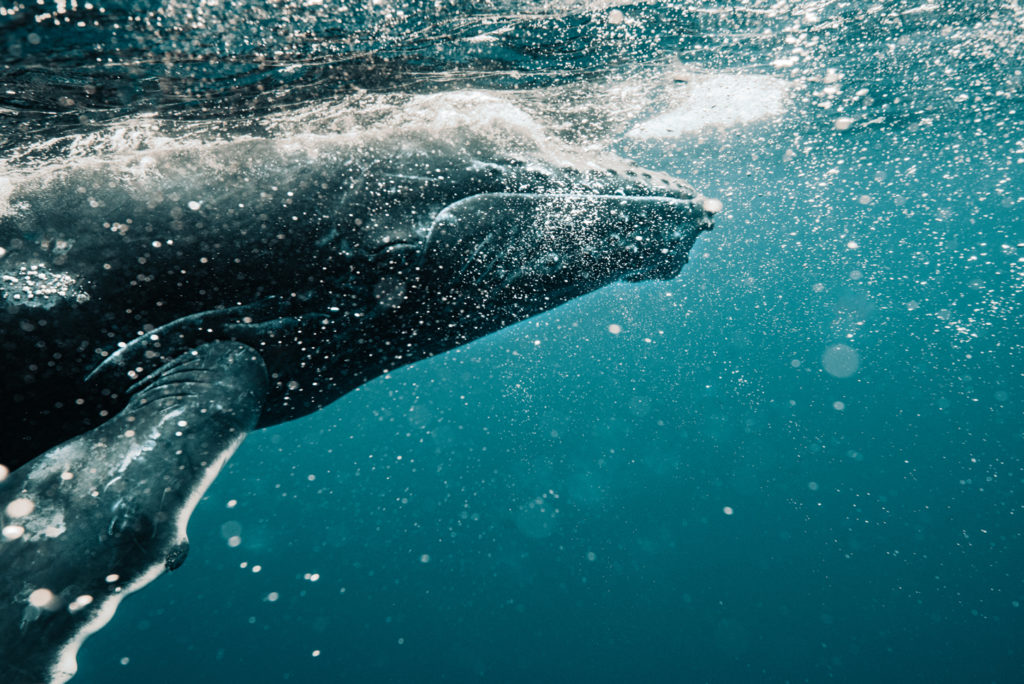The birthplace of the humpback whale
Just a short generation ago, swimming with whales was a dream beyond dreams, the stuff of fairy tales and faraway seas. That changed during the past decade, when a familiar island turned into the closest place where we can realize the dream: Amami Oshima.
Each winter, humpback whales travel thousands of kilometers from cold regions as far north as the Aleutian Islands and the Bering Sea to breed and raise their young around Japan’s Nansei Islands. In the past, the humpbacks were spotted mainly in the waters off Okinawa, but sightings have jumped here in Amami over the past dozen years. Amami is now one of the best whale-watching destinations in Japan, and perhaps even in the world.
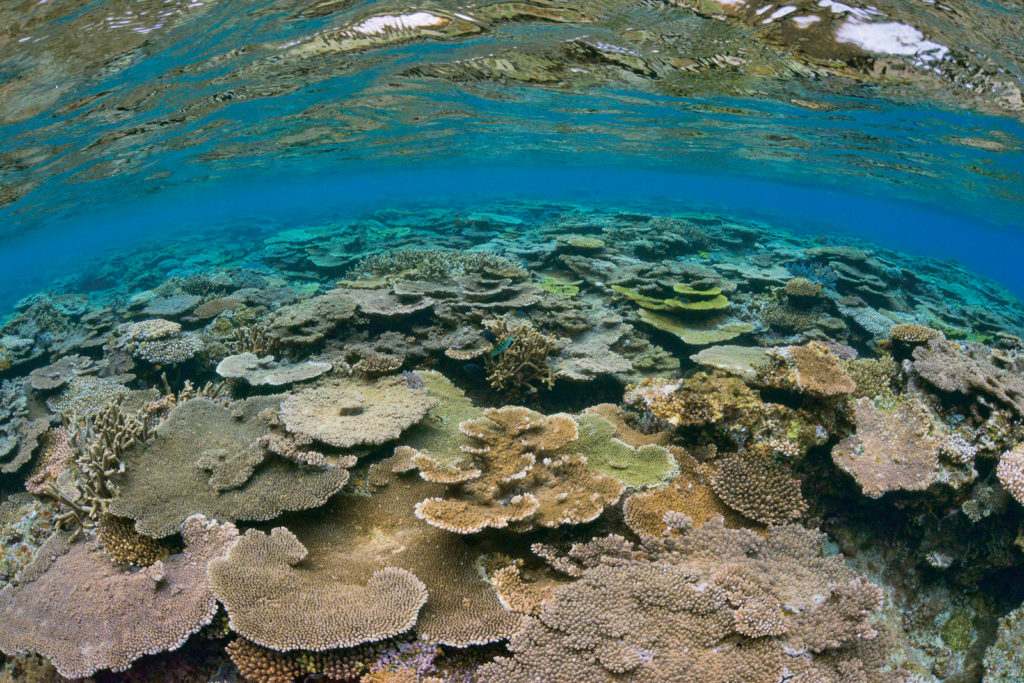
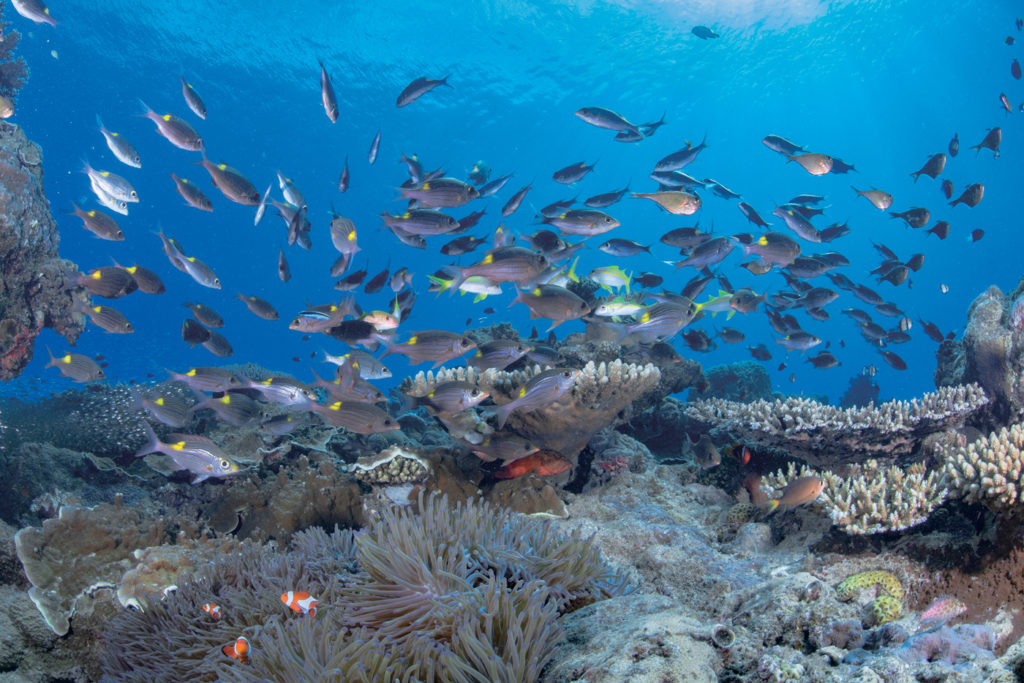
A pioneer who has witnessed this history from a front-row seat is Kenjiro Ota, the owner of Aqua Dive Kohollo, a dive shop in Setouchi, the southernmost town of Amami Oshima.
“As a dive guide, work was slow in the winter, but I took the boat out to sea anyway, just to see the whales. Because I was paying for the trips out of my own pocket, I did some fishing to make money for the fuel. This was almost twenty years ago. Sometimes a whale would roll and play near the surface. On a lucky day, it would jump out of the water for me. I loved seeing the whales so much that I just kept going out to sea every day, rain or shine. That was the beginning for me.”
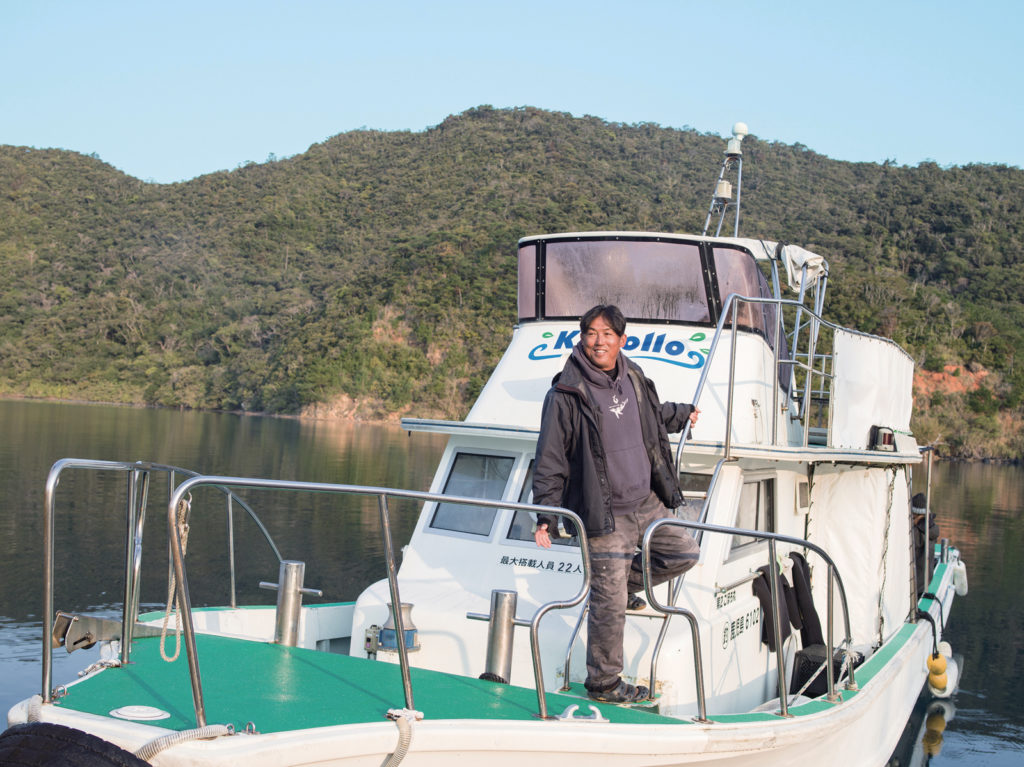
Kenjiro set up his first tour about 10 years ago, when the number of whales had gone up. Since then, the numbers have continued to rise every year. In this day and age when all we ever hear about is environmental problems, it’s a piece of rare, good news that the once endangered whales are again growing in population. What was the magic trick?
“Several decades on from the international cessation of whaling, whale populations are believed to be recovering across the board. Humpback whales give birth to one calf every one to three years. They’re prolific breeders, and they’re also efficient feeders. They may not eat much here while breeding and raising their young, but they eat plenty of krill and small fish in northern waters during the summer.”
Data released by the Amami Whale and Dolphin Association say that sightings of the humpback whale in the waters around Amami Oshima in 2022 numbered 1,750 individuals in 1,080 groups, for a 160 percent increase over the previous season (as of March 31).
Some 60 years have passed since the ban on whaling began in many countries in the 1960s. Given the history of whaling here in Amami too, one could argue that the whales have simply returned to their original range. Nevertheless, their extraordinary resilience is nothing short of amazing.
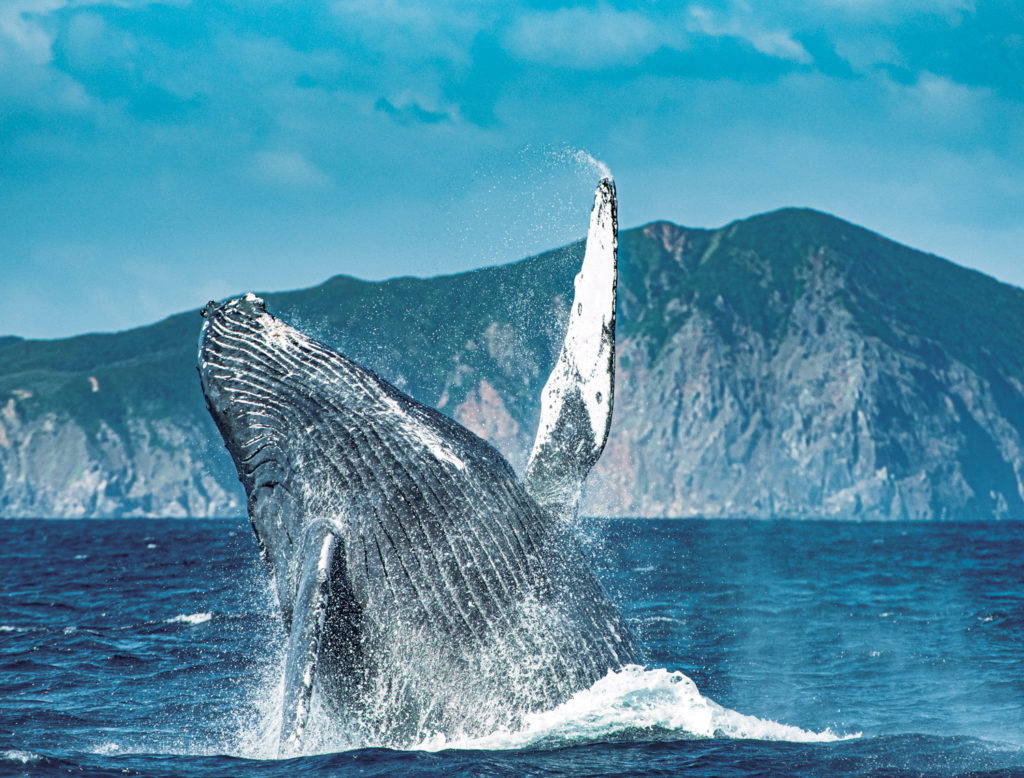
Because the chances of seeing a whale are so high during whale-watching season in Amami’s waters, a growing number of fascinated whale watchers come back each winter. Yushi Nakamura is one of them. He’s a regular of Kenjiro’s tours and has made whale photography his life work. The Amami frequenter of seven years and single-minded, devoted whale lover has this to say about the special experience of swimming with whales.
“What appears as a hazy silhouette through the filter of the water draws closer and closer, and finally emerges in full—this is when the whale looks absolutely godly. Whales are enormous, but they feel close because they’re mammals like us humans. The sight of a mother with her calf, for example, is really heartwarming. My trips each year feel just as fresh and exciting as when I first saw a whale up close. There’s also the joy of seeing the same whales in different seasons, because they come back every year too. A journey to Amami is like a homecoming for both of us.”
Encounters with humpback whales are fun not only underwater but also from above. The humpback puts on all kinds of acrobatic performances to show off its 13-meter-long body, like breaching (jumping out of the water), flipper flapping (turning on its back and slapping its fins against the water surface), and lobtailing (lifting its fluke out of the water).
Another highlight is the drama of the humpback whales’ romance. A male singing and dancing by a female, and as many as a dozen males fighting for a single female—these intense scenes of courtship always promise to grab our attention and empathy.
There’s never a dull moment in whale watching and swimming with whales. Kenjiro has been organizing tours for nearly two decades, and he hasn’t grown bored yet. He says with a cheerful smile that he’d be happy just to watch the whales blow air from their blowholes.
“I’m happy just as long as the whales are there. When customers ask whether their day was a good day, I just tell them every day is a good day. All the whales here were born in Amami Oshima. They’re all natives—shimatchu. They leave to feed in the summer and come back in the winter. It’s moving just to watch them come and go.”
